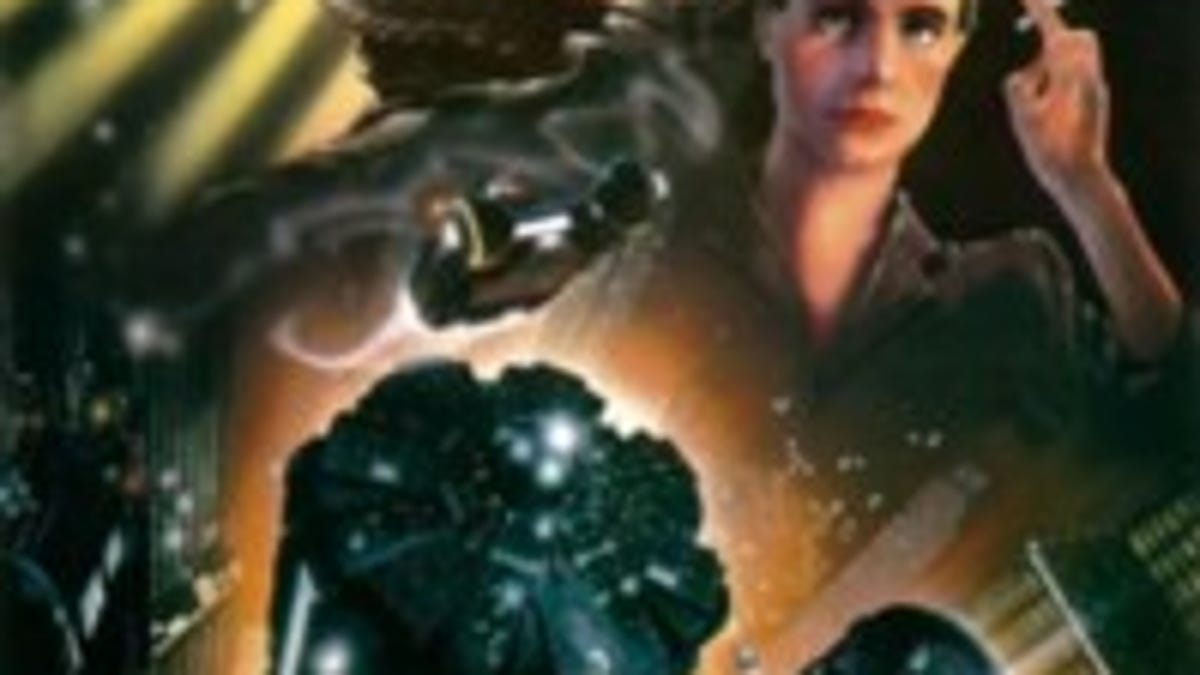Blade Runner: The Final Cut
The 25th anniversary version of Blade Runner raises new questions about how identity is created in a MySpace world

I just saw the newest release of the classic noir sci-fi film Blade Runner, subtitled "The Final Cut". Undoubtedly it is the best version so far, surpassing the various other cuts that have come out over the 25 years since it was first released. I found that it raised new questions about identity in this MySpace world.
Like every designer nerd, I've seen Blade Runner at least a dozen times, a couple of times on the big screen. This Final Cut has been digitally retouched from a 70mm print and both the visuals and sound are stunning. The richness of every frame is breathtaking - everywhere you look at every moment there is something intriguing to see. It is a universe created whole and seamlessly in a way that very few other films have accomplished. I was fortunate to see it on a very large screen at the famed Grand Lake theater in Oakland, CA (complete with opening Wurlitzer).
Vangelis' score thunders away (at times a bit too obtrusively), and the opening crashes are startling. The special effects give away almost nothing to CG effects today, in fact I would put the cityscapes of Blade Runner, made with miniatures, up against the last three Star Wars movies any day.
When the movie first appeared it was widely seen as a philosophical questioning on what it means to be human, combined with angst about the growing power of computers and concerns that they would eventually surpass humans in intelligence with apocalyptic consequences.
Today those concerns have to a large extent abated, and instead Blade Runner now resonates with themes of construction of identity and how much of our own identity we own. In the movie, the robot Replicants have memories implanted to make them more mentally stable, but they all share the same memories. The memories exist in their minds, substantiated by a handful of photos.
In the MySpace/Facebook/blog/Flickr world, we externalize our memories more than any time in history, constructing our identity one posting at a time. But by the same token, people are able to create their own memories of us, and therefore create their own versions of our identities, sometimes without our knowledge and usually without our control.
While the Replicants of Blade Runner were beholden to their makers for their memories, we today are also highly reliant for others on the construction of our self identities.